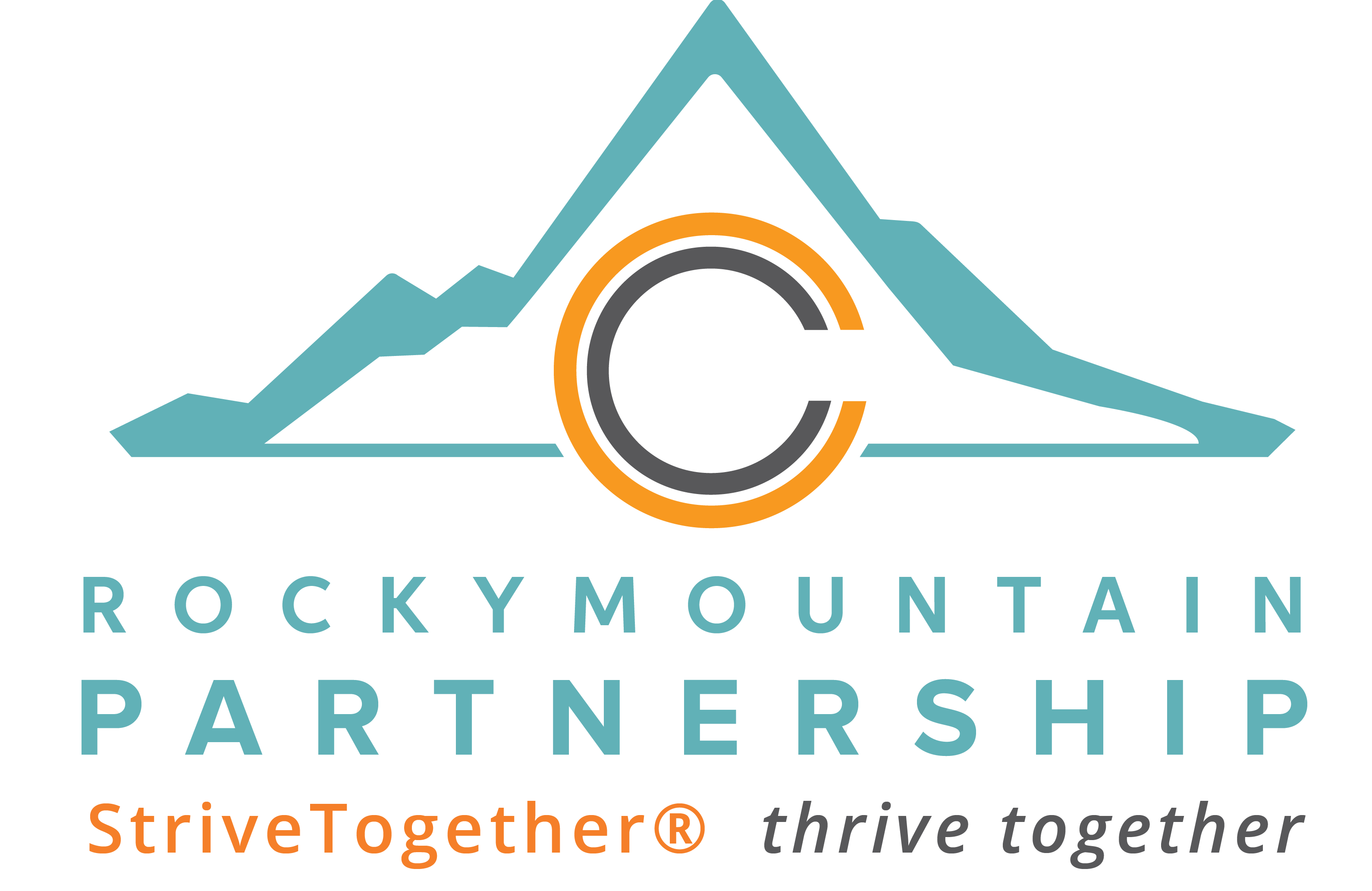RMP’s Collective Work
The Rocky Mountain Partnership agrees that economic and social mobility is ultimately about ensuring ALL community members can provide for themselves and their families and the economy is thriving. This work is even more essential as the region recovers from the impacts of COVID-19.
In order for this to happen:
- People need to be earning an income that allows them to support themselves and their families
- For people to earn this income, education, training, skills, and access to basic needs are necessary
- Education, training, and skills are critical for a talented workforce which will attract, retain, and grow businesses and industries crucial to overall economic vitality.
How does The Partnership tell if economic and social mobility are improving?
Through local and national research and in alignment with state and national coalitions, Rocky Mountain Partnership leaders have landed on four data points that help them tell ultimately if regional economic and social mobility is improving. They monitor these measures trend-over-time and work to impact them through their collective work.
When these measures are trending in the “right” direction, they correlate with improved economic and social mobility.
How do we know where collective work is needed?
Economic and social mobility, specifically the ultimate impact measures, will not improve unless community members are thriving in these five community well-being areas. These areas help the Partnership have a holistic understanding of what is impacting economic and social mobility in the region, and determine where collective work is most needed to support an equitable COVID-19 recovery and transform systems to work for all.

Collective work happens at all levels:
- Coordinated Efforts / Work on the Ground: Partners work together to better coordinate and improve their current efforts and work on the ground to achieve shared priorities and targets.
- Policy and Advocacy: Partners advocate for and work to align policy and legislation at all levels (organizational, local, regional, state, and national) to remove barriers and accelerate progress.
- Funding Alignment: Partners work to align public and private funding and resources to remove barriers and accelerate progress.
The Partnership has identified the following initial strategies below:
- Labor Shortage
- Clear Pathways to Top Jobs
- Housing Outcomes to Move Education (H.O.M.E.)
- 2022 Policy Agenda
- Credential Attainment and Work-Based Learning
- Others to be determined
How is This Not Duplicating Good Work Underway?
There is so much work underway in the community to improve the well-being of its community members – the opportunity exists to see where coordination can further enhance this work and address key systemic barriers. Furthermore, collective work doesn’t mean the work must be exclusively collective. Although network partners do come together to engage in collective strategies, each partner brings its own role, function, work, resources, expertise, and data to achieve results.

